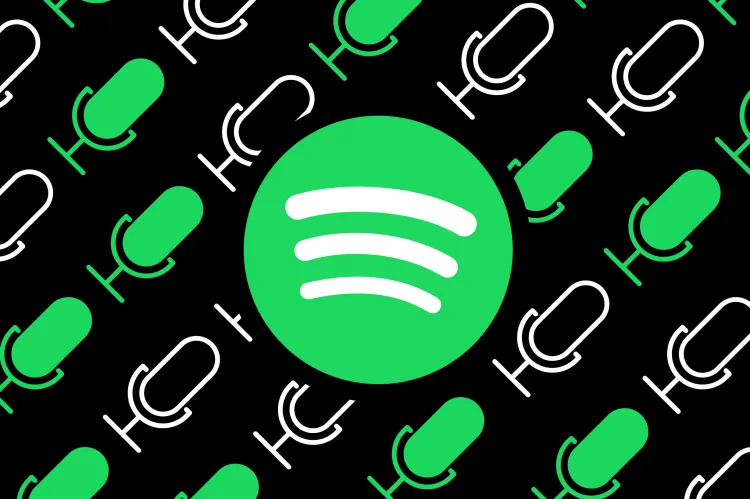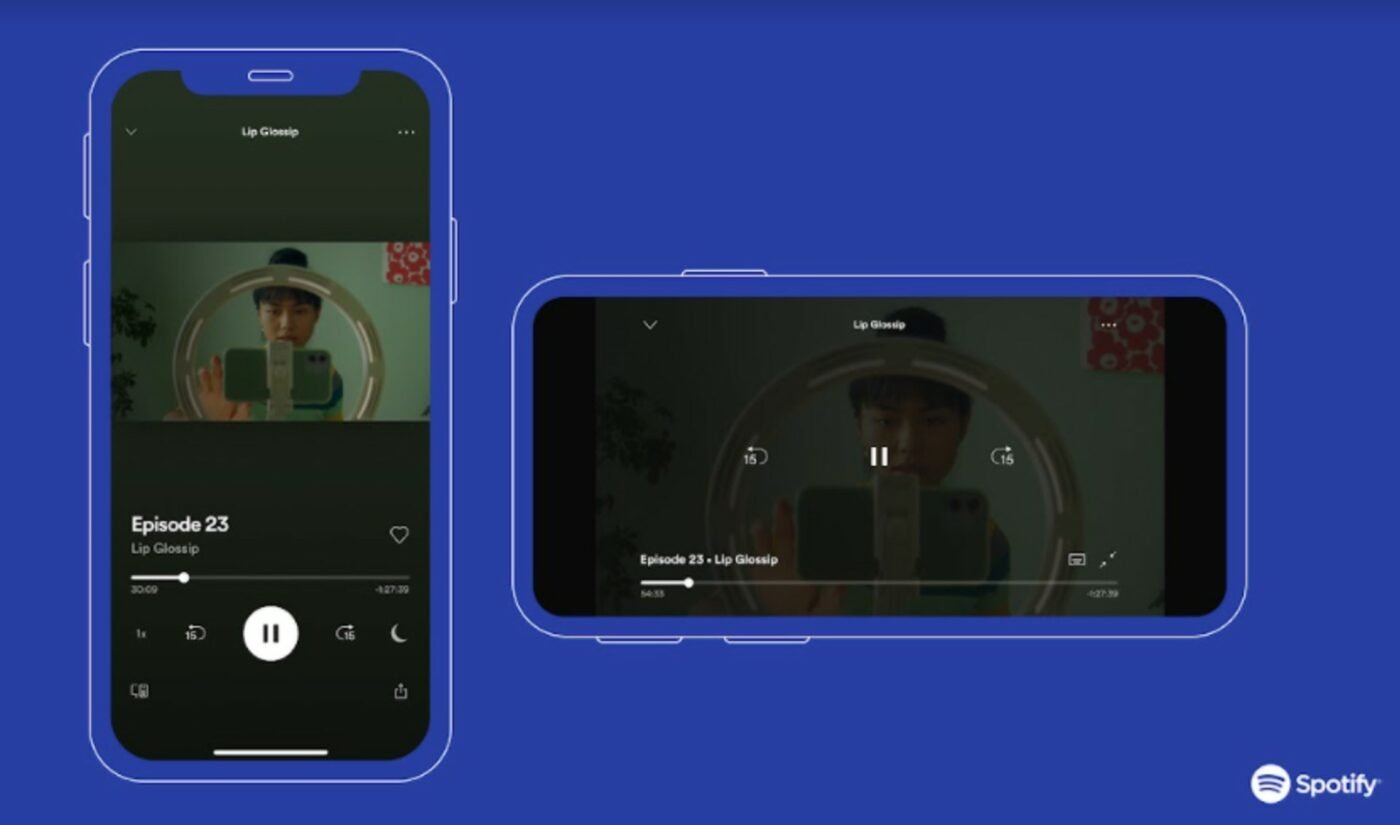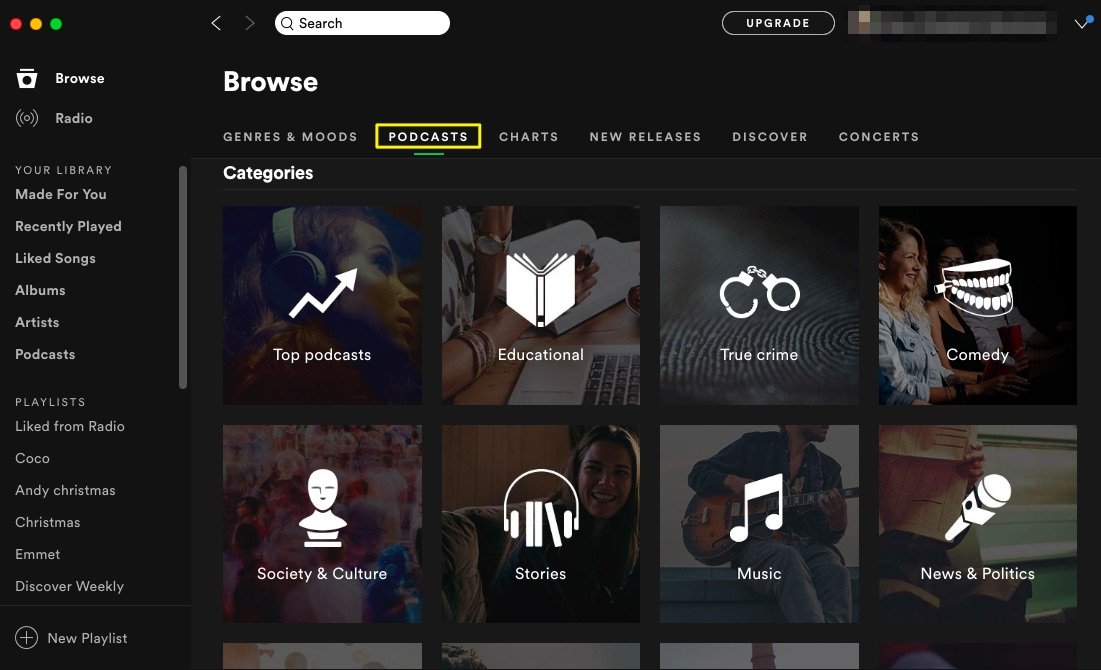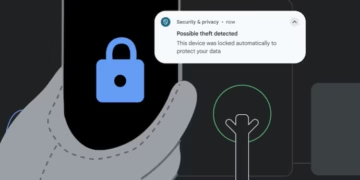Spotify announced last week that it would roll out public play counts on all podcasts as a way of “helping attract new fans.” But podcasters swiftly responded with criticism of the new feature — mainly, that it would further promote podcasts that already have large audiences while making smaller shows less appealing to new listeners.
On Friday, Spotify changed course on its plans, but did not completely eschew the idea. Now, play counts will only appear on shows with at least 50,000 plays each. Instead of showing an exact play count, the designation will only update at specific milestones, like 100,000 or 1 million plays.

“We plan to roll this newly evolved version of play counts over the coming week,” the company wrote in a blog post. “This update reflects our evolving efforts to provide the best insights for creators and a clear experience for their fans.”
For decades, podcast hosting platforms have not shared many public indicators of a show’s popularity — Apple Podcasts, for example, has had reviews and charts on its app, but it would be challenging for a listener to know if a show had an audience in the tens or the tens of thousands.
Though Spotify takes the angle that this ambiguity is a detriment, creators have been drawn to the podcasting medium in part because it’s refreshingly different from other forms of online media. When someone clicks play on a YouTube video, for example, they are approaching the media with the existing knowledge of how many views the video has, and how many people have subscribed to that channel. But podcasting can level the playing field for more niche creators.

Since the announcement, podcasters, especially those with smaller audiences, have been upset at the new public play count. The chief complaint was that some podcasters actually don’t want listeners to know how many people are listening to their podcast, because it might have the opposite effect: it could turn people off to know a show only has a few dozen plays. Some Spotify users in the chorus of opposition also noted that plays would only show a slice of listenership, since people use platforms besides Spotify.
The sustained backlash evidently hit a nerve: on Friday, Spotify announced it was partially rolling back the feature. Now it will only publicly display plays once an episode crosses the 50,000 plays threshold. When an episode hits that benchmark, it will get a “50K plays” marker instead of an exact count; the marker will update when an episode crosses other milestones, like 100,000 and 1 million plays. Podcasters will still be able to see exact play counts in their private analytics dashboards — but will be spared the embarrassment of having those figures broadcast publicly. The company is also vague about how exactly plays are counted, saying only that the metric represents “how many times people actively tried your content.”
Podcasting historically has been hard to quantify: a download doesn’t necessarily mean a listen. There are public charts, but those tend to favor the biggest shows. Across mediums, there’s the awkward growing stage for content creators just starting out: you have to post as if you have a million followers even if it’s just for your 10 actual fans. Is displaying podcast plays something nobody asked for? Absolutely. But also, the jokes write themselves, unfortunately.

Spotify Updates Its Strategy
After strong backlash, Spotify decided to change course. Now, the play counts will only be visible on podcasts that reach at least 50,000 plays. Also, instead of exact numbers, it will only show rounded milestones like 100,000 or 1 million plays.
Spotify said in a blog post:
“We plan to roll this newly evolved version of play counts over the coming week. This update reflects our evolving efforts to provide the best insights for creators and a clear experience for their fans.”
Why Podcast Creators Were Unhappy
For a long time, podcast platforms didn’t show public popularity stats. For example, Apple Podcasts only have ratings and charts, not play numbers. Many creators actually liked this system because it gave smaller podcasts a chance to grow, without being compared to big shows. In contrast, platforms like YouTube always show how many views a video has making it harder for new content to stand out. That’s why many podcasters felt Spotify’s new rule would unfairly benefit big names.

Confusion Over What Counts as a “Play”
Another issue creators raised was the lack of clarity about what actually counts as a “play” or a stream. The Interactive Advertising Bureau (IAB) works with platforms to define these terms, but Spotify and YouTube don’t always follow the same standard. Spotify explained that play counts are based on how many times people actively tried to listen. But for something to count as a stream or download, it needs at least 60 seconds of listening time.
What This Means for Podcasting
Spotify tried to increase transparency with this update, but it sparked controversy instead. While their revised plan might be more balanced, the bigger debate continues about how to grow the podcast industry without pushing smaller creators out of the spotlight.





































